In OpenCV, matchTemplate() has a masked mode. So you basically read the transparent template image as is and then extract its base image and the alpha channel. The alpha channel is used as the mask in matchTemplate(). See https://docs.opencv.org/4.1.1/df/dfb/group__imgproc__object.html#ga586ebfb0a7fb604b35a23d85391329be
Input:

Template:

import cv2
import numpy as np
# read game image
img = cv2.imread('game.png')
# read bananas image template
template = cv2.imread('bananas.png', cv2.IMREAD_UNCHANGED)
hh, ww = template.shape[:2]
# extract bananas base image and alpha channel and make alpha 3 channels
base = template[:,:,0:3]
alpha = template[:,:,3]
alpha = cv2.merge([alpha,alpha,alpha])
# do masked template matching and save correlation image
correlation = cv2.matchTemplate(img, base, cv2.TM_CCORR_NORMED, mask=alpha)
# set threshold and get all matches
threshhold = 0.95
loc = np.where(correlation >= threshhold)
# draw matches
result = img.copy()
for pt in zip(*loc[::-1]):
cv2.rectangle(result, pt, (pt[0]+ww, pt[1]+hh), (0,0,255), 1)
print(pt)
# save results
cv2.imwrite('bananas_base.png', base)
cv2.imwrite('bananas_alpha.png', alpha)
cv2.imwrite('game_bananas_matches.jpg', result)
cv2.imshow('base',base)
cv2.imshow('alpha',alpha)
cv2.imshow('result',result)
cv2.waitKey(0)
cv2.destroyAllWindows()
Result:





